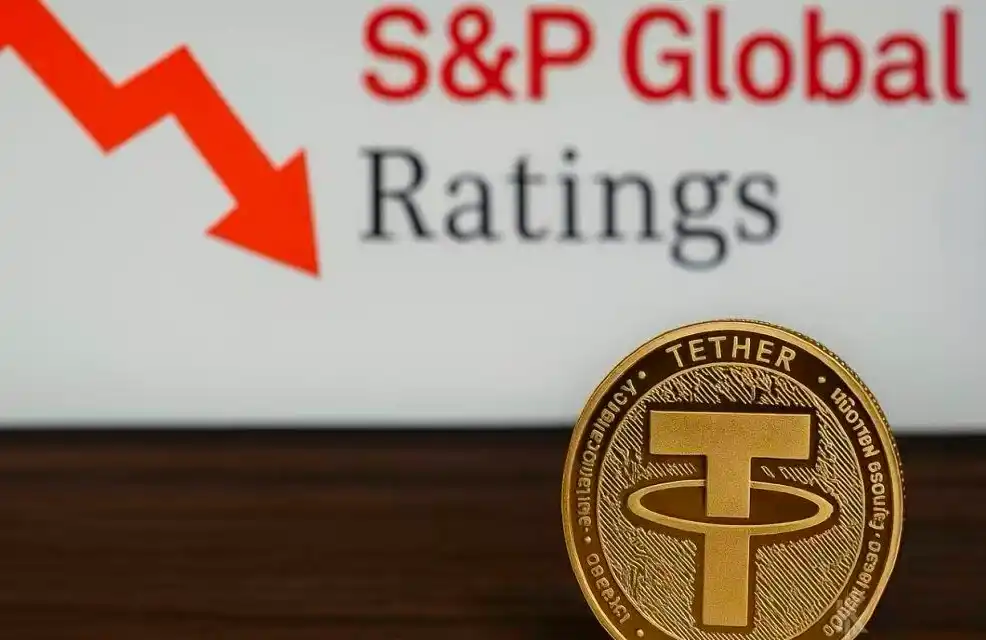XION achieves MiCA milestone as first regulated layer 1 blockchain
XION, a layer 1 blockchain backed by Circle and Multicoin, becomes the first mainnet platform to comply with European Union regulations.
The walletless blockchain, focused on bridging web2 and web3, announced the milestone in a press release shared with crypto.news on March 13. Following the news, the utility token—used for network fees, governance, and proof-of-stake security—bounced more than 10%.
XION was trading around $0.90 at the time of writing.
According to the venture capital-backed L1, EU compliance also sees it become the first blockchain network to release a Markets in Crypto-Assets whitepaper .
XION achieved this milestone a few months after launching its mainnet and conducting a gamified initial token airdrop. The chain abstraction mainnet went live in early December, just days before the EU’s MiCA rules took full effect on December 30, 2024.
With this achievement, XION is now the first layer 1 platform to align with MiCA’s Title II regulatory framework, which provides guidelines for governing crypto-assets across the European Union. The XION team plans to leverage the regulatory clarity that MiCA offers to expand its footprint in the region by targeting institutional investors.
“By adhering to the EU’s evolving regulatory landscape, it ensures that institutions and users can both gain access to XION in a compliant manner, strengthening the foundation for broader adoption of Web3,” Burnt Banksy, founder at XION, said in a statement.
Title II of the EU’s comprehensive market guidelines targets digital asset issuers, offerors, and providers looking to bring their crypto trading products to customers in the 27-member bloc.
XION will use this compliance milestone to accelerate Web3 access, with its technology stack helping to remove the hurdles that hinder broader adoption. Generalized abstraction, meta accounts, and signature abstraction are key features of XION’s infrastructure layer.
Disclaimer: The content of this article solely reflects the author's opinion and does not represent the platform in any capacity. This article is not intended to serve as a reference for making investment decisions.
You may also like
Paradigm Shift in Ethereum Execution Layer Scaling: From Defensive Conservatism to Empirical Science-Driven Evolution of the 60M Gas Limit
These efforts have enabled the Ethereum mainnet to move from being cautious about increasing the gas limit to now being able to safely raise it all the way up to 60M gas, or even higher.

Devcon Impressions: While the Community Doubts Ethereum Online, the Offline Atmosphere Is Vibrant and Thriving
Ethereum's innovation remains at the forefront, while other chains seem to be merely "replicating" its path, even when it comes to Meme phenomena.

Bitcoin rebounds to $91,000: Can it sustain the rally?
Driven by factors such as the macro environment and expectations of a Federal Reserve rate cut, the cryptocurrency market has temporarily halted its downward trend.

S&P downgrades USDT to lowest rating, leading stablecoin stirs controversy
S&P downgraded USDT to the lowest rating, citing high-risk reserves and insufficient disclosure, while more transparent centralized stablecoins like USDC received higher ratings.

